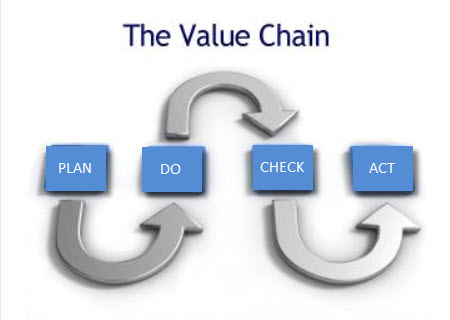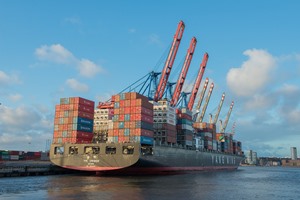Auditing And Compliance Are The Keys To A Profitable Exporting Business
Even if your business has never exported before, it may be considering doing so now in the wake of ChAFTA. The opportunity for up to a billion new customers is just too great to pass up in most cases, especially with tariffs being relaxed across so many industries. If your business is contemplating getting into the export game, or just expanding into the Chinese market, there are many additional risks that it will take on in the process. Here are 10 things to consider, in order to manage those risks effectively and grow your exporting business. In this article we examine the potential risks in exporting and how to minimise them using an effective auditing system.










